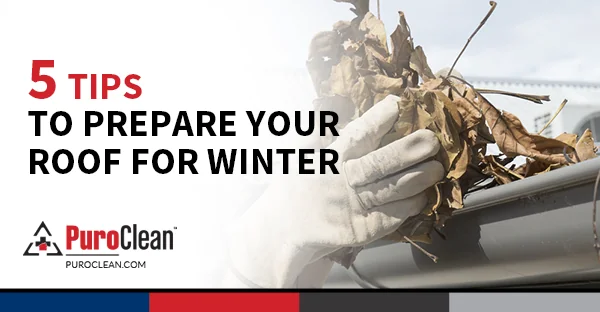In April 2010, the EPA Renovation, Repair, and Painting Rules (RRP) went into effect regarding renovation, repair and restoration in homes and other structures that might contain lead paint. Since that date, there have been several lawsuits filed by environmental and consumer groups. As a result of those lawsuits a number of significant changes to the program. The RRP program impacts so many homes and other structures in virtually every community in the United States, it is important to understand the changes and how they affect you.
Lead based paint is a recognized health hazard and was banned for residential use in 1978. The EPA and Department of House and Urban Development(HUD) estimate that about 83 percent of homes built in the U.S. prior to 1978 may still contain lead based paint. The RRP program was developed as a result of a lawsuit filed in 2000 and is designed to ensure safety whenever renovation or repairs (to include restoration following damage from water or fire, etc.) are done on such structures.
A delay in enforcement was announced. HOWEVER, the delay only applied to confirmation of firm certification! The EPA has been literally “flooded” by applications and simply could not keep up with the volume. If a firm can substantiate that the required Renovator training was completed (with a Training Certificate) and the fact they had submitted an application, then enforcement of that provision would be delayed until as late as the end of 2010. All other parts of the RRP Rule remain in full effect (no delay), including: required work practices, recordkeeping, provision of educational materials to occupants/owners, personal protective equipment, etc., and citations will be written for any violations of those provisions.
On every RRP-related job in a qualifying home which is dated 1978 or earlier, the business looking to do work is required to provide a “Renovate Right” brochure to the owner and or occupant. The brochure gives a wealth of information on lead based paint including potential health concerns and how to arrange for testing to be done to specifically determine the lead based paint hazards in a particular structure. The EPA revised the brochure that must be provided. Along with the brochure, there is a specific form that has to be signed, confirming that the brochure was provided. They now require much more aggressive methods by Contractors to ensure the information gets into the hands of occupants of rental units. If you would like to view the brochure, you can view it here: www.epa.gov/lead/pubs/renovaterightbrochure.pdf
When the program was implemented in April 2010, a building owner who established that the building was NOT “child-occupied,” could “opt-out” of the program by signing a required form. Now, that is no longer allowed. Every home or other structure built in 1978 or before is included in the RRP program. The National Association of Home Builders estimates that this change will increase the number of homes covered by the lead rules from about 9.4 million to about 79 million.
If a Contractor is working with HUD housing, it is important for them to know which rules and regulations apply to them. The EPA RRP rules are not the same as HUD rules and the differences are often considerable. The HUD rules apply to any facility supported by federal money, including stimulus funds such as tax credits for energy efficiency. Obviously, it is important for a Contractor to know which rules apply and to comply with those rules.
The EPA has only approved one field test kit for lead that is available to the public – LeadCheck®. However, it has now placed a substantial limitation on the use of LeadCheck® on plaster and drywall surfaces. This means that Contractors must be knowledgeable regarding the limitations and the best way to proceed in such settings.
The EPA RRP rules require the use of a respirator when dealing with lead paint. When respirators are used, the Occupational Safety and Health Administration require that the business have a written respiratory protection program, medical evaluations, fit testing, and more.
States continue to apply for control of the RRP program at the state level. As the EPA approves these requests, the control and administration of the program will move to those individual states which will then be free to modify the rules governing the program in their state. Contractors need to be aware of this situation and the distinct possibility that the requirements will change if/once the state(s) in which they work take control; especially since some states will have additional or stricter requirements than the EPA.
The EPA Renovation, Repair, and Painting Rules is a giant step forward regarding safety related to working with surfaces that may have lead paint on them. There remains, however, significant confusion in the marketplace on exactly what the requirements are, and how to implement them. This means that it is more important than ever before to recommend a Contractor whom is known for thoroughness and professionalism, a company such as PuroClean. Regardless of the circumstances — dealing with lead paint and the RRP rules, or with fire/smoke damage, water damage, or mold remediation — call your local PuroClean office, the Paramedics of Property Damage.




 PuroClean of Downtown Miami
PuroClean of Downtown Miami